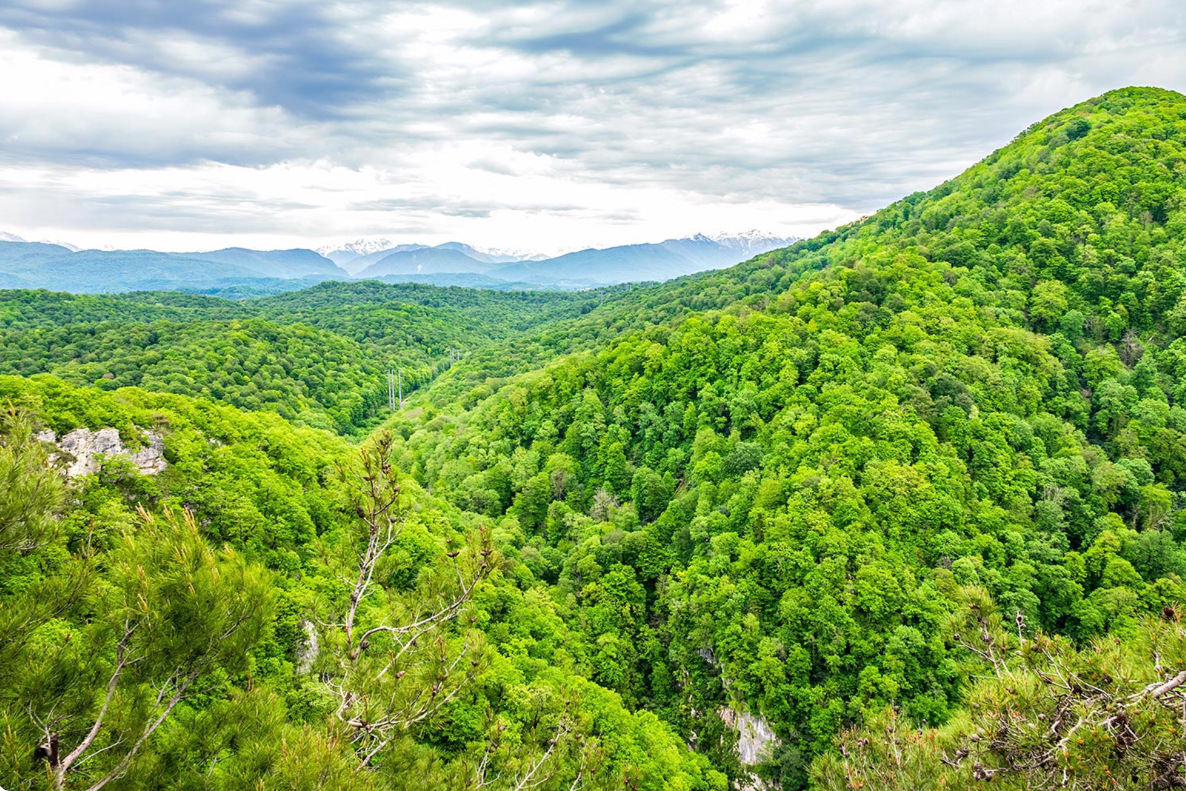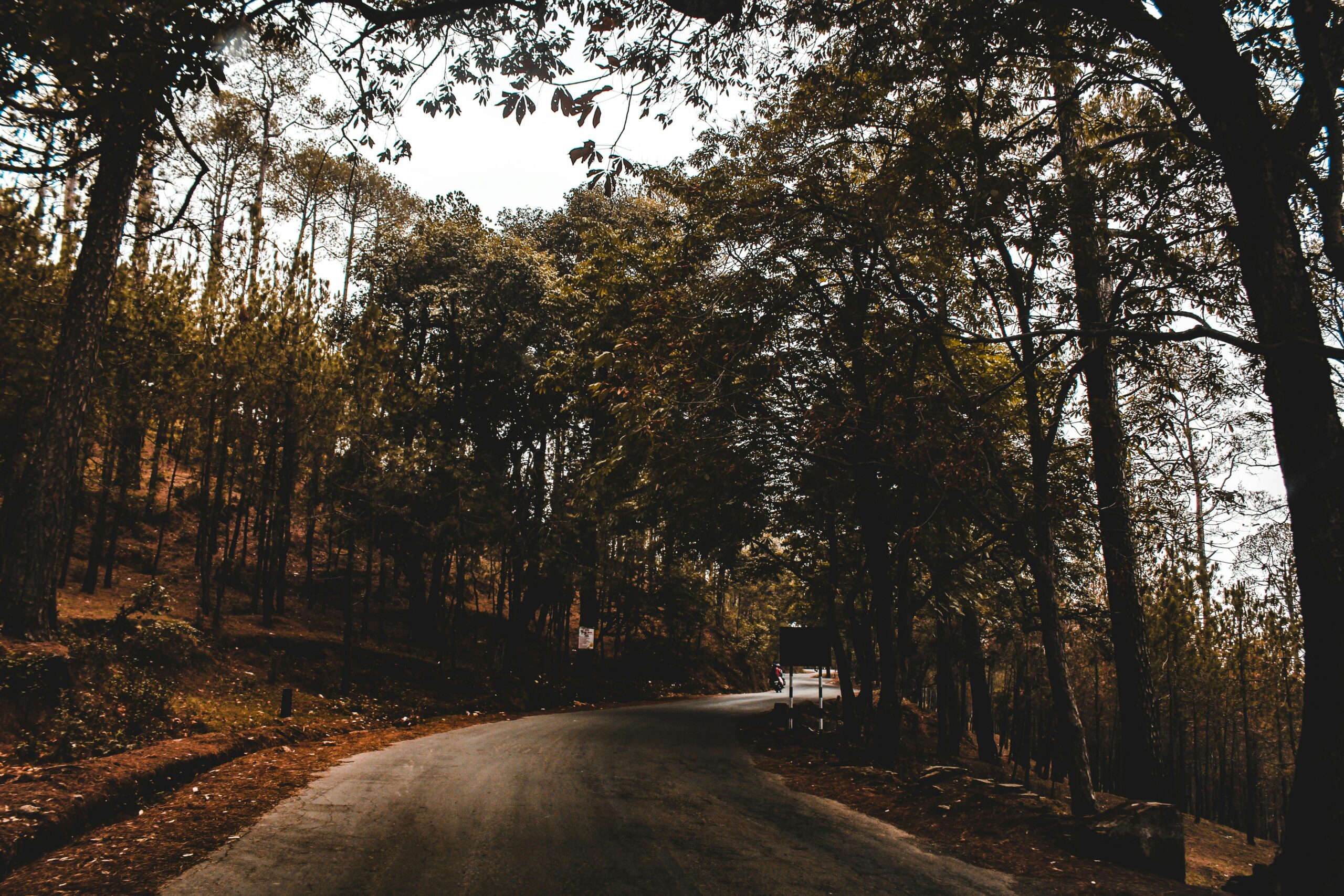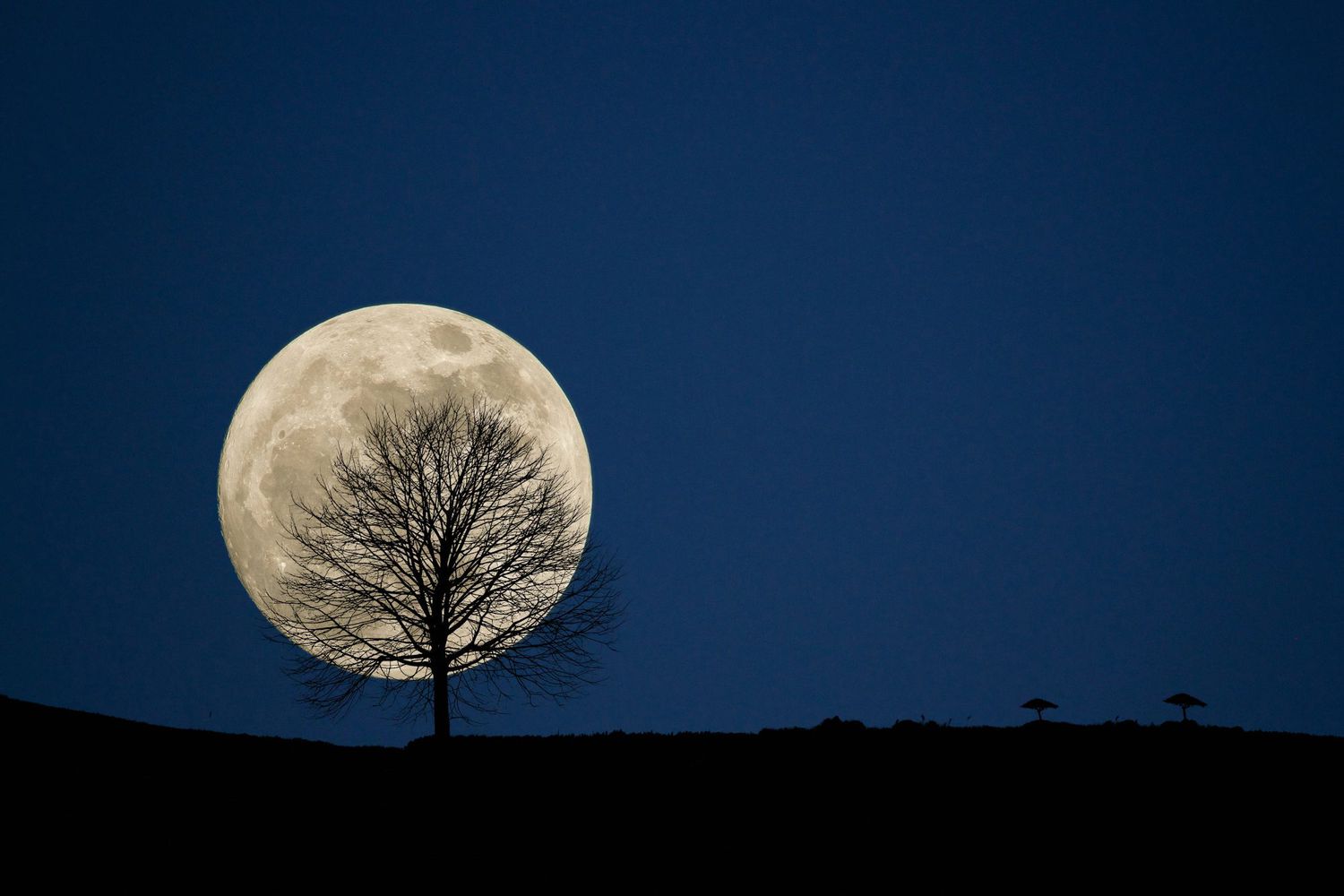
Introduction
Ah, the Nallamala Forest—a place where tigers roam, rivers flow, and trees stand tall, probably gossiping about the latest monsoon trends. Nestled in the heart of India, this forest is as rich in history as it is in biodiversity. So, grab your virtual safari hat as we embark on an over-the-top, 2,000-word journey through the Nallamala Forest. We’ll explore its origins, the states it spans, its flora and fauna, current conflicts, density rankings, economic significance, deforestation impacts, and much more. Ready? Let’s dive in!
A Brief History: From Ancient Roots to Modern Times
The Nallamala Forest is part of the Nallamala Hills, a section of the Eastern Ghats in India. These hills have been around longer than your grandma’s secret pickle recipe, dating back to the Proterozoic era—over 2.5 billion years ago. The forest itself has been a cradle of civilization, home to indigenous tribes and ancient temples, including the renowned Srisailam temple, a significant pilgrimage site.
Geography 101: States of the Union
Spanning approximately 430 kilometers, the Nallamala Hills stretch between the Krishna and Pennar rivers, covering parts of Andhra Pradesh and Telangana. It’s like the forest couldn’t decide which state to call home, so it chose both. This vast expanse serves as a green lung for the region, supporting diverse ecosystems and human settlements.
Current Conflicts: It’s Not All Green
Despite its serene appearance, the Nallamala Forest is a hotspot for various conflicts:
- Deforestation: Illegal logging is like a bad haircut—you think a little trim won’t hurt, but then you’re practically bald.
- Mining: Uranium mining proposals have sparked debates, with environmentalists saying, “Do we really need to glow in the dark?”
- Human-Wildlife Conflict: As humans encroach, animals like tigers and leopards sometimes wander into villages, leading to tense stand-offs.
Density and Ranking: How Dense Are We Talking?
In terms of forest density, the Nallamala is pretty thick—both in foliage and perhaps in stubbornness to withstand human interference. While exact rankings fluctuate, it’s among the more substantial forested areas in India, contributing significantly to the country’s green cover.
Economic Significance: More Than Just Trees
The forest isn’t just a pretty face; it contributes to the economy through:
- Timber: Teak and bamboo are harvested, though regulations aim to prevent over-exploitation.
- Non-Timber Forest Products (NTFPs): Think honey, medicinal plants, and fruits—nature’s supermarket.
- Tourism: Pilgrimages to temples like Srisailam and eco-tourism bring in revenue and the occasional lost tourist.
Flora and Fauna: The Living Soul of Nallamala
Picture this: You’re trekking deep into the Nallamala forest. The air is crisp, the sunlight barely filters through the towering teak trees, and a gentle rustling of bamboo fills the silence. This forest is alive, a symphony of life forms that have thrived here for centuries.
Flora: A Green Tapestry
The forest is a botanist’s dream, boasting a tropical dry deciduous ecosystem. As you walk, you’ll notice:
- Teak Trees: Majestic giants, their wood prized for durability. They stand like silent sentinels, watching over the forest for decades.
- Bamboo Thickets: Dense and mysterious, swaying in the breeze, making you wonder if you’ve stepped into a giant panda’s dreamland.
- Medicinal Plants: Tulsi, neem, ashwagandha—this forest is practically a green pharmacy. Local tribes like the Chenchus have relied on these plants for generations to treat everything from fevers to snake bites.
Every corner of Nallamala seems to hide a plant that’s either medicinal, edible, or simply stunning to look at. The undergrowth, a mix of climbers and shrubs, teems with life, sheltering small creatures and insects that are part of the forest’s intricate web.
Fauna: A Jungle Party
If the flora is the forest’s soul, the fauna is its heartbeat. The Nallamala forest is a bustling metropolis for wildlife, featuring a who’s-who of India’s most iconic animals.
- Royal Bengal Tigers: The undisputed monarchs of Nallamala, these majestic cats roam silently, their golden coats blending with the dry leaves. Spotting one is rare, but their presence is undeniable.
- Leopards: These stealthy predators move like shadows, their rosetted coats a perfect camouflage. They’re the ninjas of the animal kingdom.
- Sloth Bears: These fuzzy, snorting creatures are often seen digging for termites or munching on fruit. Don’t let their lazy gait fool you; they can be quite feisty.
- Chital and Sambar Deer: Graceful and vigilant, these herbivores are the forest’s alarm system, alerting everyone when a predator is near.
- Elephants: Occasional visitors, their presence is both awe-inspiring and humbling, as they move like gentle giants through the dense greenery.
And let’s not forget the aviary! Over 200 bird species call Nallamala home, from the cheeky Indian Roller to the hauntingly beautiful Malabar Whistling Thrush, whose songs can make even the grumpiest hiker smile.
The Ecosystem in Action
The symbiosis here is palpable. Tigers rely on herbivores for food, who in turn depend on the forest’s vegetation. Birds like the woodpecker help control insect populations, while monkeys spread seeds, unknowingly planting future forests. It’s a living, breathing cycle, a testament to the beauty of coexistence.
Forest Officials: The Unsung Heroes
Managing this vast expanse is no small feat. While exact numbers are as elusive as the tigers they protect, a dedicated team of forest officials and rangers work tirelessly. Their roles include:
- Patrolling: Keeping an eye out for illegal activities and lost hikers.
- Conservation Efforts: Implementing programs to protect endangered species and habitats.
- Community Engagement: Working with local tribes to promote sustainable practices.
Deforestation: A Growing Concern
Deforestation is the forest’s arch-nemesis. Causes include:
- Agricultural Expansion: More land for crops means fewer trees.
- Illegal Logging: Timber trafficking isn’t just for movies; it’s a real issue.
- Infrastructure Development: Roads and dams, while beneficial, often come at the forest’s expense.
Impact:
- Biodiversity Loss: Fewer trees mean fewer homes for animals, leading to population declines.
- Climate Change: Trees act as carbon sinks; losing them accelerates global warming.
- Water Cycle Disruption: Deforestation affects rainfall patterns, turning lush areas arid.
Rivers and Rainfall: Lifelines of the Forest
Major Rivers:
- Krishna River: Forms the northern boundary, acting like the forest’s personal moat.
- Pennar River: Flows to the south, because every forest needs a good southern exposure.
- Gundlakamma River: The largest river arising within the hills, it’s the forest’s very own water feature.
Rainfall:
The forest receives about 90 cm of rainfall annually, primarily during the southwest monsoon from June to September. It’s like nature’s way of giving the forest a yearly spa treatment.
Historical Tidbits
- Ancient Inhabitants: Home to indigenous tribes like the Chenchus, who have lived harmoniously with nature for centuries.
- Mythological Significance: The hills are associated with tales from the Mahabharata and Ramayana, making them a storyteller’s paradise.
- Colonial Era: The British, in their quest for resources, conducted extensive surveys and even initiated logging, leaving behind a mixed legacy.
Fun Facts
- Etymology: ‘Nallamala’ comes from the Telugu words ‘Nalla’ (black) and ‘Mala’ (hills), possibly referring to the dark, dense forests.
- Biodiversity Hotspot: The area is part of the Eastern Ghats,
FAQs
- What is the Nallamala forest known for?
It’s famous for its dense teak forests, Bengal tigers, and rich biodiversity. - Which states does the Nallamala forest span?
It covers parts of Andhra Pradesh and Telangana. - What is the total area of the Nallamala forest?
Approximately 7,644 square kilometers. - What’s the best time to visit Nallamala?
October to February, when the weather is cooler and wildlife sightings are more frequent. - What are the major rivers in Nallamala?
The Krishna, Pennar, and Gundlakamma rivers. - Does the forest face deforestation threats?
Yes, due to illegal logging, mining, and agriculture. - Are there trekking routes in Nallamala?
Yes, Ahobilam and Srisailam are popular trekking destinations. - How does the forest support local communities?
Through resources like timber, non-timber forest products, and eco-tourism. - What is the rainfall pattern in Nallamala?
The forest receives around 90 cm annually, mainly during the monsoon. - Are there efforts to conserve Nallamala?
Yes, several conservation programs focus on wildlife protection and afforestation.
Thesaurus
- Verdant: Covered in green vegetation or plants.
- Biodiversity: The variety of life in a particular habitat or ecosystem.
- Teakwood: A durable tropical hardwood resistant to rot.
- Symbiosis: A relationship between two different organisms benefiting both.
- Ecosystem: A community of living organisms interacting with their environment.
- Apex Predator: A predator at the top of the food chain with no natural predators.
- Aviary: A large enclosure for confining birds.
- Deciduous: A plant that sheds its leaves annually.
- Indigenous: Native to a particular region or environment.
- Camouflage: The ability to blend into surroundings to avoid detection.
- Herbivore: An animal that primarily eats plants.
- Carnivore: An animal that primarily eats meat.
- Understory: The layer of vegetation beneath the main canopy of a forest.
- Canopy: The uppermost layer of branches and foliage in a forest.
- Tributary: A smaller river or stream that flows into a larger river.
- Conservation: The protection and preservation of natural resources and wildlife.
- Symbiotic: Relating to symbiosis, where organisms live together for mutual benefit.
- Monsoon: A seasonal wind that brings heavy rains, especially in South Asia.
- Habitat: The natural environment in which an organism lives.
- Biodome: A controlled environment simulating natural conditions for ecosystems.









